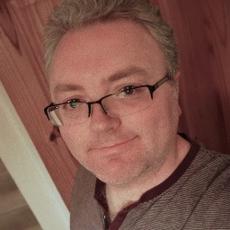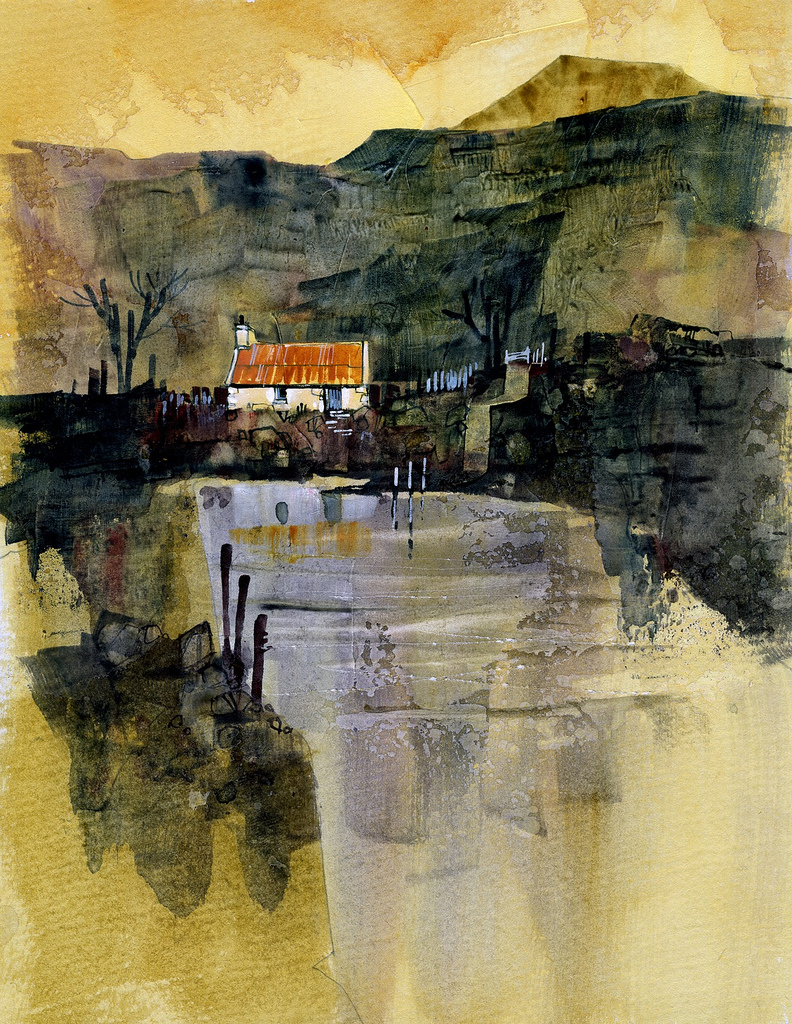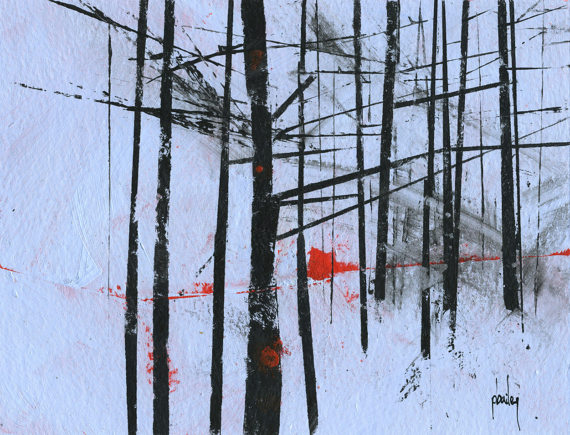
This interview with Paul Bailey has been a long time coming. Nearly three years in fact. After switching content management platforms for The Watercolor Gallery I’ve had a lot of housekeeping to do before I could begin publishing new interviews.
I’m really happy to have interviewed this great talent. Bailey’s work has inspired me on numerous occasions and I managed to feature one of his pieces, Dark reflections, on the gallery a few years ago.
Let’s get on with it.
How did you get started in watercolor painting?
I was inspired to paint by my late father. In my early teens we would often go up into the converted loft, in the evening, and paint for a couple of hours together. I painted some watercolours then, but mainly it was oils and acrylics. In my late teens I became heavily interested in music and almost completely abandoned painting. It wasn‘t until five years ago, that I developed the urge to paint again, and, after experimenting with mediums, I decided to exclusively use watercolour. This decision was prompted more by practical reasons rather than artistic ones. But, upon reflection, I‘m glad I made that choice, as no other medium can match its fluidity and translucency. Plus, the fluid nature of the medium allows the experimental approach – so much so, I sometimes feel the paintings almost paint themselves!

What tools are you currently playing with?
At the moment I‘m using gesso almost exclusively. It has different properties to paper, as the pigment does not, or is less likely to, penetrate the paper. It allows me to reclaim the light. This is quite helpful to me, as my brain is more attuned to dark-to-light method of painting which one would employ in oils – I guess this is a product of my formative years! I also use highly concentrated mixes (ie. not much water) and aquapasto medium, thus, if you could view my paintings in the flesh, they would have a surprising amount of relief on them for a watercolour. I like to use a range of palette knives, but flat and rigger brushes are still my favourites!
How do you prefer to work? Plein air, from a photograph, from memory? At a desk, outdoors, in a closet?
I work from a variety of different references, but memory is my most important reference tool. Not that I try to remember the visual aspect of a scene exactly, but its more the feeling I experienced in these places. I love hill walking, and I try to apply the emotions I experienced at the time, to the painting, whilst using a quick sketch or digital photograph for detailed reference. Was I cold, warm, tired or was threatened by the incoming storm? Also, I like to transpose elements, feelings and ideas to create new landscapes. Thus, I prefer to work at my desk in comfort. Much more desirable considering the British climate. I imagine it would not be too much fun painting in the wet and cold perched on a rock whilst trying to stop my paper from being blown away in the gale! I like to render ominous or bad weather, but doesn‘t mean I like being in it!

What has been your favorite painting or painting experience?
Its difficult to say as, whilst I develop, I seem to experience periodical leaps in my ability to capture the essence of the situation and scene. Thus, I have these breakthrough moments were everything seems to come together, and its just a joy and so meditative to paint. Once such piece is called Cullen coire, and, even though I produced comparable paintings since, this is a point my understanding of the medium reached the next level.
Name an artist that has recently inspired you:
Thanks so much to Paul Bailey for his patience with me in getting this interview published. I’m so happy to have finally shared it. Look for more interviews in the near future.
You can find Bailey on Twitter, Flickr, Tumblr, Etsy, and Blogger.
